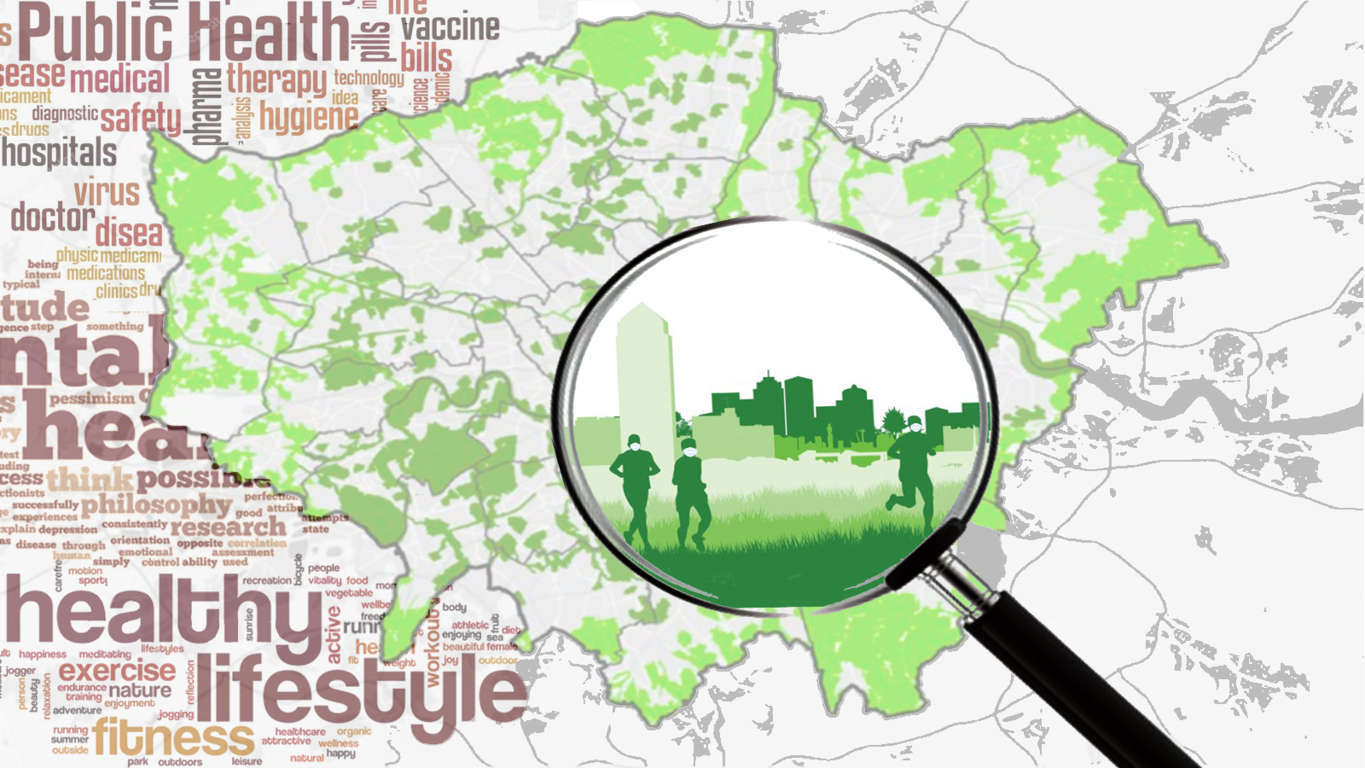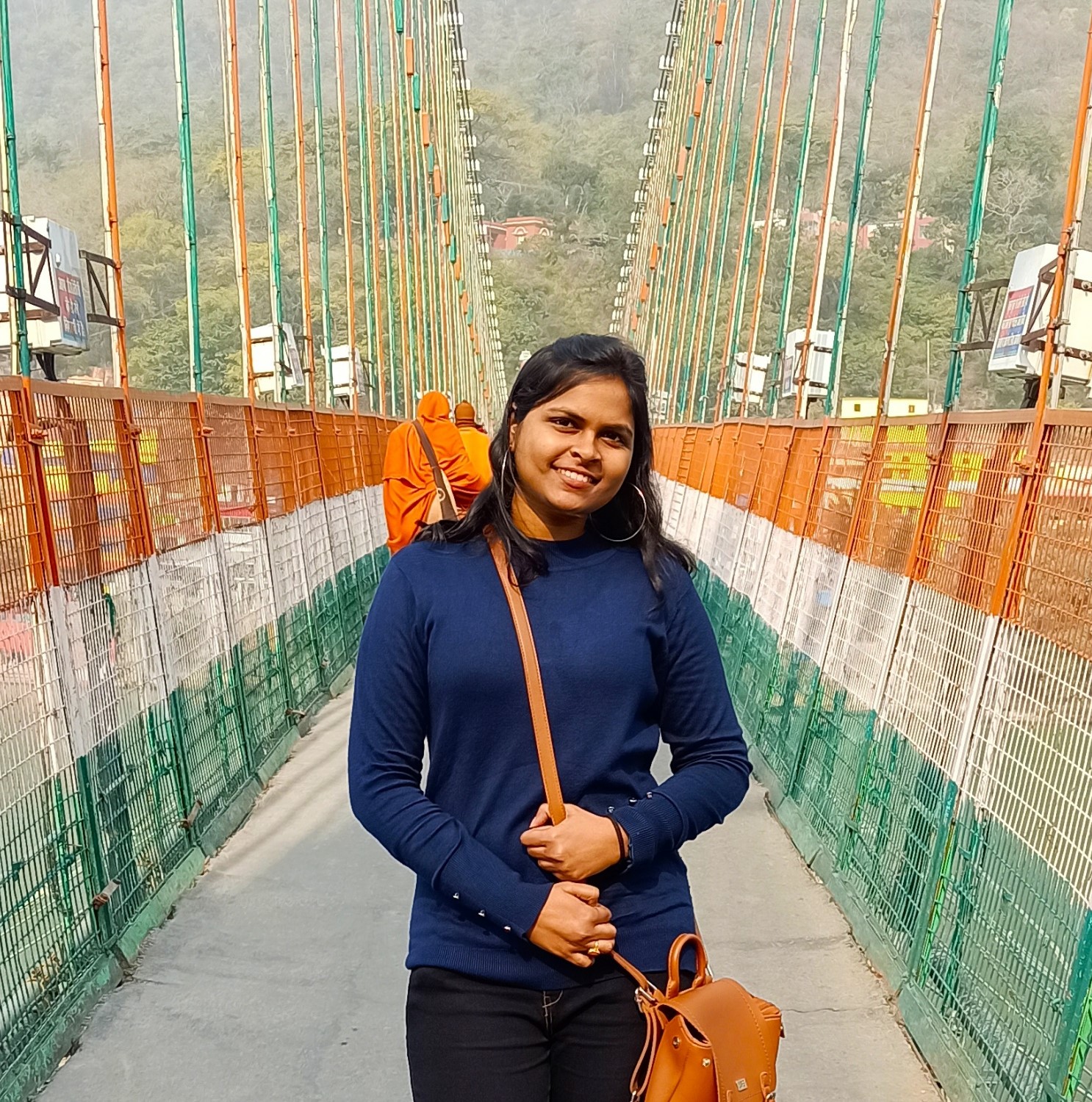A NEED TO UPGRADE THE SLUMS
India
has 34% of urban population as of 2017 and is expected to increase to 52% by
2050, beside this development process we are neglecting the urban poor and led
to formation of the slums. A slum is usually highly populated urban residential
area consisting mostly of closely packed, deteriorated housing and incomplete
infrastructure. A slum is a part of city or town where many poor people live
and do not have access to the basic needs. Slums are an integral part of
urbanisation and are increasing due to rise in population. Slums remain
unplanned and remains ignored in the whole process of the urban development. Slum
act a magnet for rural poor in a sense that they will get a employment and
attracts towards a city life and also due to rising prices of land make them to
stay in slums as it is not affordable to them. People living in slums are prone
to waterborne diseases like typhoid and cholera due to lack in basic
infrastructure facilities like sanitation, lack in healthcare facilities, open
drains and improper water supply. Slums also faces many social issues like
hunger, malnutrition, lack in education facilities, child labour, child
trafficking and beggary. Slum dwellers earn there livings from the informal
sector which is not enough for decent living and make them stuck in viscous
cycle of poverty.
One of the main reason for forming
the slums is the poverty and rise in population that force the urban poor to
live in the slums. Also lack in healthcare facilities, infrastructure and
employment in rural areas create rural to urban migration, thus increasing the
population density and pressurize the urban poor to move into slums. Also there
is huge demand for land with increasing urban population and this shortage of
land make urban poor to live in slums in this urbanization process. Rising material and labour cost resulting
from labour shortage is another reason for the growth of the slums as it make
developers unable to deliver affordable housing to the market. Delayed
procedure for the land development is also one of the main reason for creation
of the slums. Slum area are commonly believed to be places that generates a
high incidences of crime due to neglect towards education, law and order, and
government services in slum area. A lack of efficiency of Urban local bodies
coupled with unplanned city management is also one of the main reason for creation
of the slums.
According to Census 2011, 65.6
million population lived in slum in India, which constituted 17.4% of Urban
population of States/UTs in India. In 2017, based on studies and report it was predicted
to rise in slum population to 104 million. The slums are integral part of
urbanization and this increasing population of slum will create escalating
challenge for the planners in order to manage this increase in number of slum
dwellers. Many schemes, policies and development programmes haves been prepared
in order to upgrade, eradicate poverty and clear the slums across the country
till present like Indira Awas Yojana in 1990, EWS housing scheme for Beedi
workers and Hamals in 1991, National Slum development programme in 1996, A two
million housing programme for EWS in 1998, PM Gramin Awas Yojana in 2000,
Valmiki Ambedkar Awas Yojana in 2001, JNNURM (BSUP and IHSDP) in 2005, Swachh
Bharat Mission for improving cleanliness and sanitation in 2014, Pradhan Mantri
Awas Yojana in 2015 and AMRUT scheme to build a gap between infrastructural
necessity and there accessibility in 2015 but, the question arises that why
this policies, schemes and development programmes are not implemented till date
by the administration and the planners?? and why this slum areas are neglected
in the urban development process across the country and leading to creation of
the slums?? The population migrate from rural to urban areas for employment
opportunities to earn better income for livelihood purpose and experience city life,
is rural poor don’t have the right to get an access to basic needs like housing
even though the policies and slum development programmes are prepared and is it
not the responsibility of Urban Local Bodies to get this programmes implemented
so that urban poor will have access to housing. Recently, an industrialist
Ratan Tata said that for the first time in India’s low value structure in close
proximity to each other are the cause of new problems during this battle
against COVID-19. He also said that why we are creating a community that we are
ashamed of and planners need to focus on solving the problems. He also said
that we are looking forward to move slums 20 miles away, where vertical slums
will be built for better hygiene, open space, fresh air and reduction of close
proximity and vacant land can be used for building high value housing. Dharavi
the Asia’s largest slum in Mumbai with an area of 2.5 Sq.km and population of
about 7 Lakh in which there is close proximity and low rise high density
housing, if the planner and urban local bodies focus on increasing the FSI of
the area and promoting the vertical built structures in form of policy and
schemes, the remaining vacant land can be used for promoting healthcare,
education, sanitation and public spaces. This will reduce close proximity, create
a hygienic atmosphere and solve the problem of shortage of land for building
affordable housing in the slum area and urban poor will have access to basic
needs across the country. There is also need for future policies to support the
livelihoods of the urban poor by enabling urban informal sector activities to
flourish and develop. Slum policies should be integrated with broader, people
focused urban poverty reduction policies that will address the various
dimension of poverty. Slums should be considered as part of development process
and there is need to seek active participation of poor people in development.
Recently, the Government of
Maharashtra announced that every SRA (Slum Rehabilitation Authority) project
will have one healthcare facility for easy proximity and accessibility. Slum
should be developed because developing the slums also trigger local economic
development, improve urban mobility, connectivity, fulfil basic needs and
integrate the slums, which are enormous economically productive spheres, into
the physical and socio-economic fabric of the wider city. Planners and Urban
Local bodies should focus and take a pledge on upgrading, clearing the slum
with proper coordination and should not let the formation of slums in future
and fulfil the basic needs of Urban poor by implementing schemes and policies
if they are prepared.
Together
We Will Grow, Together We Will Build
Related Articles
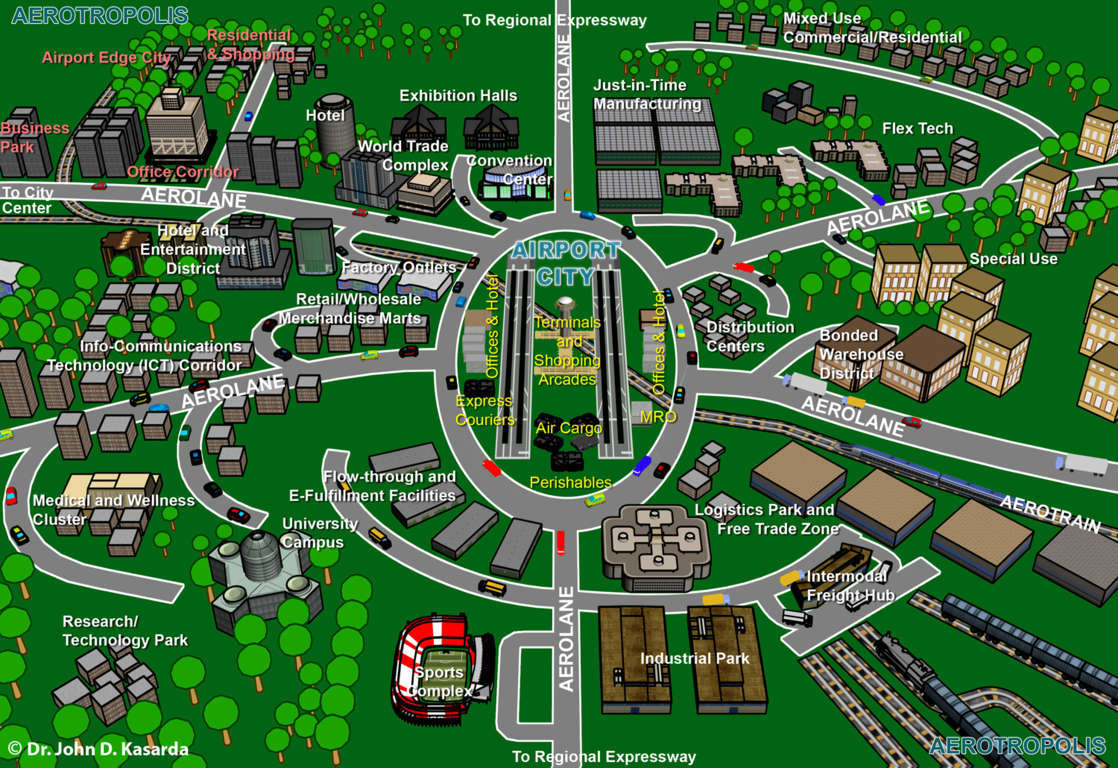
AEROTROPOLIS – The new era of connectivity

URBAN PLANNING AND ECONOMY AFTER BOYCOTTING CHINA PRODUCTS IN INDIA
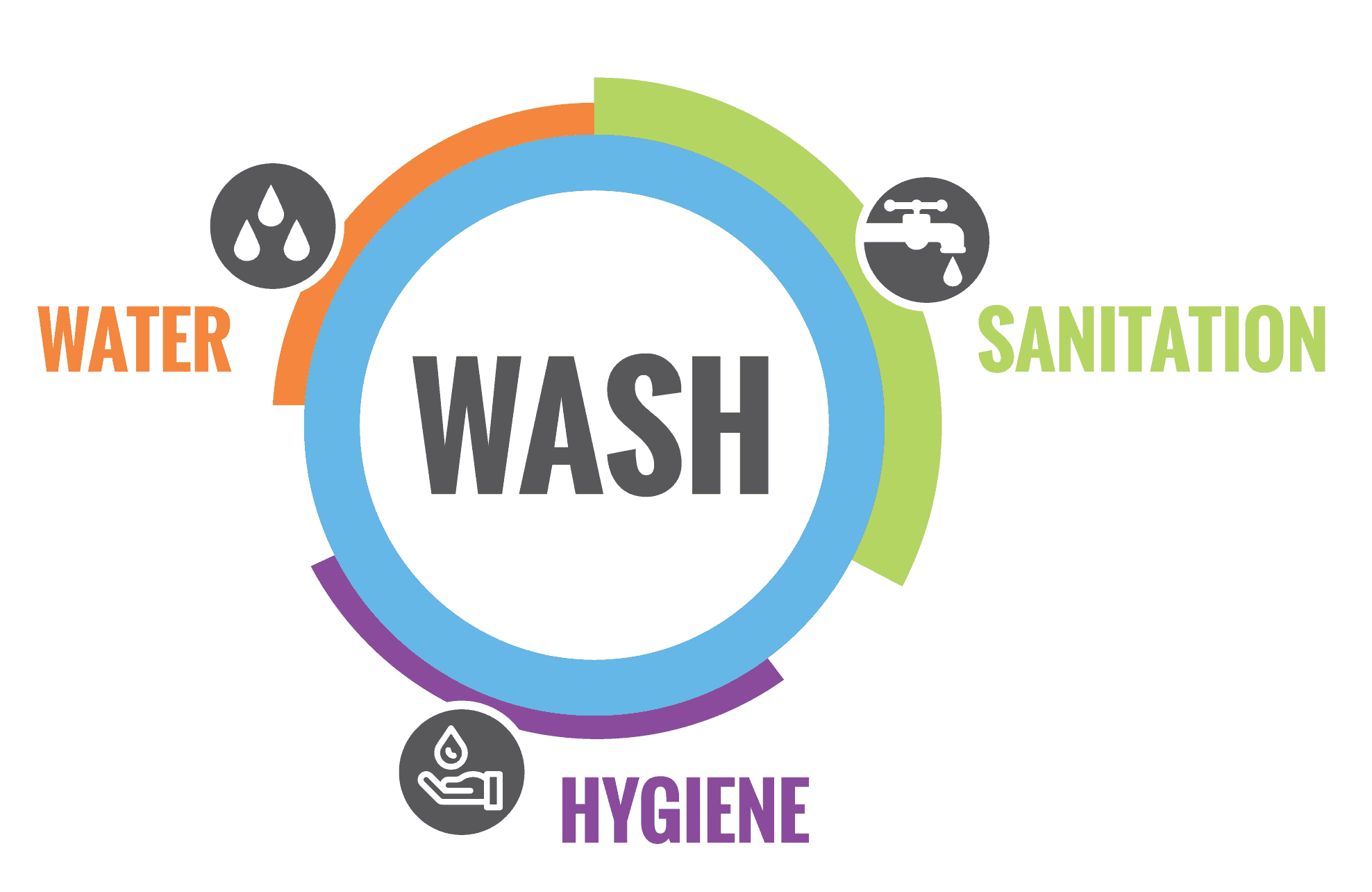
Assessment of WASH Systems in Indian Cities
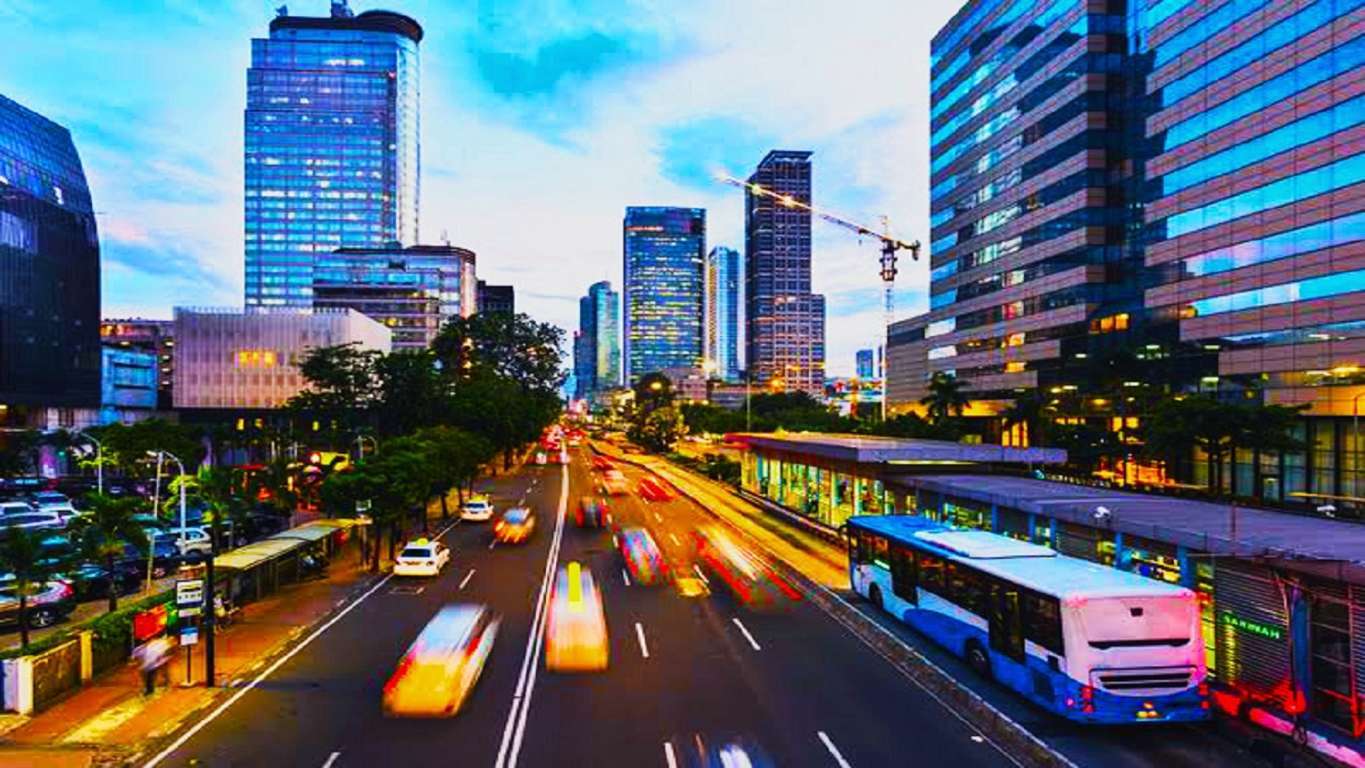
Smart Roads: An Integrated Technology for Future Innovative India
